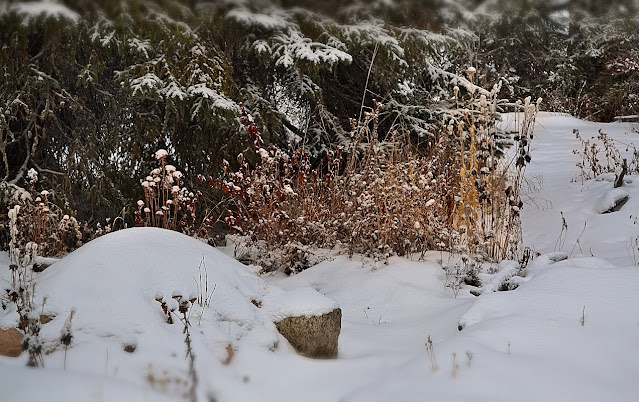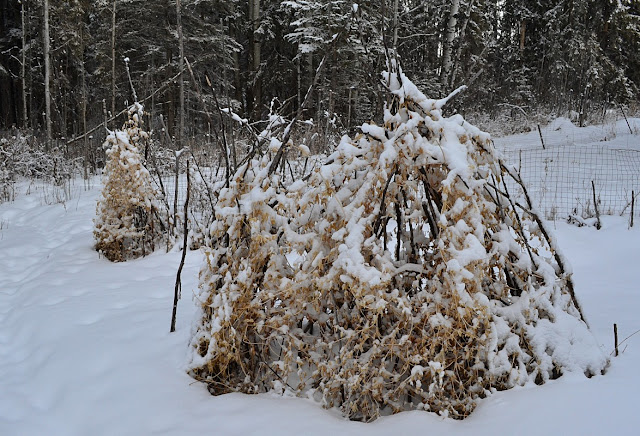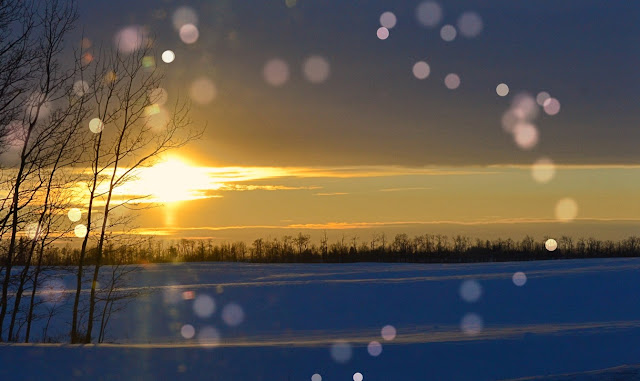It’s one of those times again- a marker on the solar calendar. This time it’s halfway between Winter Solstice and Spring Equinox. I pause to think about the seasonal progression, and look at how ancestors looked at /celebrated this time. Personally I have found paying more attention the annual cycles comforting (e.g., winter has never seemed so short as when I’m aware of the passing of the shortest day, and returning sun!), and looking into traditional practises interesting (I love history and anthropology), fun and grounding (our ancestors did not generally seem to live their lives pretending they were in a different climate, or vacationing far away- their traditions rooted them functionally and sacredly to the place they were in)!
Traditionally (at least in Northern European cultures,
probably many others as well, though I haven't researched them!) calendars
marked the passage of the sun, and or moon, and certain key 'stars' such as Venus
were also noted. At its simplest, the solar year was divided by the summer and
winter solstices, the spring and autumn equinoxes which fall between them, and
commonly a further set of halfway points between those, for a total of eight
special points, corresponding with sacred days/festivals. Many of these dates
were important to agrarian societies as they marked key dates for sowing,
harvesting, preparing/storing foods and other items (e.g., February has been a
time for making candles), livestock management and slaughter etc. These special
days also cemented and celebrated the connection of the people to their
environment, and the social aspects of the observances tied communities
together, just as they do now. This is true whether you are joining with
residents of your village to drag then
burn a Yule log, or whether the community that feeds your soul is physically
far away and you share images, words, thoughts, emotions online.
As Christianity spread across Europe, many of these dates
were adopted by the Church, and assigned saints or other Christian relevance.
The value of that for the Church is obvious enough- you don't need to stamp out
entrenched holy days or popular festivals entirely, and you gain automatic
cachet for your newly minted or new to this population, holy day. So now in
modern Western Culture we have a mash-up with a formalised overlay of dates and
names from dominant religions built on ancient impulses (such as the desire to
mark mid-winter’s passage, autumn harvest etc.) with varying degrees of
pre-Christian traditions surviving in different places (e.g., ‘Christmas’
trees, Easter eggs and a myriad of local festivals and practises honouring
ancient gods, or placating evil spirits), and again variably, a final layer of
commercialisation. With this last element sometimes having become the main
element, and institutionalised or rote religious practice supplanting seasonal
relevance, many people over the last century or more (and especially in recent
decades) have come to find contemporary mainstream observances unsatisfying and
have sought a more connective practice. The desire is to connect to the world
we live in (nature, if you like, though the point is to not separate ourselves
from it), perhaps to our ancestors and to other people (though as noted above, possibly
a small subset of the population to which one feels affinity, not necessarily
the local community).
What this means is that you will find many people talking
about and celebrating a whole range of traditional days of observance or
feasting, separate from or adjacent/connected to mainstream holidays. Solstices
receive much more attention now than when I was growing up in rural Canada in
the 60’s/70’s- all we might have seen then would be an astronomical note on the
news or weather forecast. Now you are likely to see Solstice/Equinox greetings
on social media, for example, with many people taking part in activities meant
to celebrate the occasions.
Of course in more traditional parts of Europe/Britain, the
ancient ways never fully disappeared, even if the Church tried to suppress them
long ago, and days had to be renamed, original intents diminished over the
centuries. Recent decades have seen a resurgence, in some cases re-invention of
old observances (likely many New Age versions have more to do with modern
sensibilities than actual ancient practises). Drawing the ire of Church
authorities is no longer an issue for many, in modern secular countries, those
so inclined can find their own path (or join one they find appealing!). Crowds
gather at ‘Stonehenge’ or Mayan pyramids to celebrate the solstices, while more
modest but communally rooted events draw people to solstice markets in Riga,
bonfires in the Latvian countryside and countless parallel celebrations across
northern Europe and Britain.
So finally I get to the point at hand: this mid-winter
/beginning of spring/ waiting for spring occasion. Originally this should be,
as noted above, mid-way between Winter Solstice and Spring Equinox. The pressures
of modern calendars and schedules, Church values and regional climate
variations have landed modern observances from the beginning of February
through mid-March, with some of the dates floating in relation to Lent/Easter
dates (Easter itself of course is full of pre-Christian traditions-eggs,
rabbits, spring, re-birth etc). The British dates, such as Imbolc stem from a
milder climate, talking about early flowers (!) and the beginning of spring.
While the Baltics may be warming enough to see Snowdrops in February,
traditionally Metenis featured winter activities such as sledding. Not a *beginning*
of spring holiday, rather a *waiting* for spring holiday. This of course makes
much more sense for me in my Alberta climate- we won’t be seeing flowers
outdoors for months yet, but the days grow longer, the sun is stronger, and
marking the progression helps shorten the sometimes long last months of winter
(as in the last couple of years, where we are getting our coldest weather at
this time).
Besides the sledding (does it count that I haul my firewood
from the bush on the farm by sled?) there is feasting, mask wearing to chase
away evil spirits ( like mumming; also practised for Winter Solstice—these are both really New
Year festivals), burning of logs, again to carry away old negativity (Yule log,
another repetition of solstice customs), making and burning of straw figures,
even burning old straw in anticipation of a good new year’s harvest. ( I wonder
how many farmers would really be burning any amount of straw while it is still
winter? A key use of straw being for animal bedding, with cold weather yet to
come..).
Since I still had to spend more time cutting firewood, and
on the relevant day, shovelling snow, I wanted some small way to mark the
occasion, and seized on this idea of straw figures. I’d decided to use pea
straw (the dead pea plants, still on the branch trellises I grow them on)-
since this relates to my next year’s harvest, vs wild grasses/plants, my only other
option for straw.
This year the moose have left the pea beds alone, and
overall I thought they were too pretty to mess with, plus I wanted to keep most
of the straw as mulch in the coming season, not big on burning stuff! So I
found a smaller less pretty bed to harvest some strands from. After shovelling,
my ambition was limited, so I decided to go for very simple wreaths,
representing Saule, the sun, and a reasonable symbolism for me—burning the old
year’s weak sun, making space for a brighter return. I found the pea straw
strong and flexible to work with(none broke while twisting and pulling), and
I’d definitely like to make something more elaborate with it in the future. A
Ukrainian friend mentioned that they make and burn a ‘Butter Lady’ some pagan
remnant- old year’s fat? Spirit/goddess of the dairy, etc? With the intended
result of ushering in spring, after Lent fasting. I’d like to make some goddess
figures.. maybe next year!
So here’s the video—small fire (not wasting real firewood
outdoors! and it was somewhere between -15
and -20C, didn’t want to hang around outside, with chores done.).
Hope you had
a Blessed Imbolc, Happy Metenis! Stay warm if you are in the depths of winter
cold, as I am(we are finally warming up to temperatures not so far below
freezing, above in a couple of days, after a couple of weeks with days from low
minus teens C to mid minus 20’s and nights -30 to -40C). Enjoy your houseplants
if you have some- they notice the increasing hours of sun and show new growth.
If you are seeing those early flowers outdoors, enjoy!
Do you have a mid-winter pre-spring celebration? I’d love to
hear from you- You can find me on
If you are able and would like to support me, I have a Ko-fi page; support helps me keep working-more research, more writing, more art!
(see this post for musings on support sites: https://cohanmagazine.blogspot.com/2021/01/fiction-feedback-and-finances.html )











Comments
Post a Comment